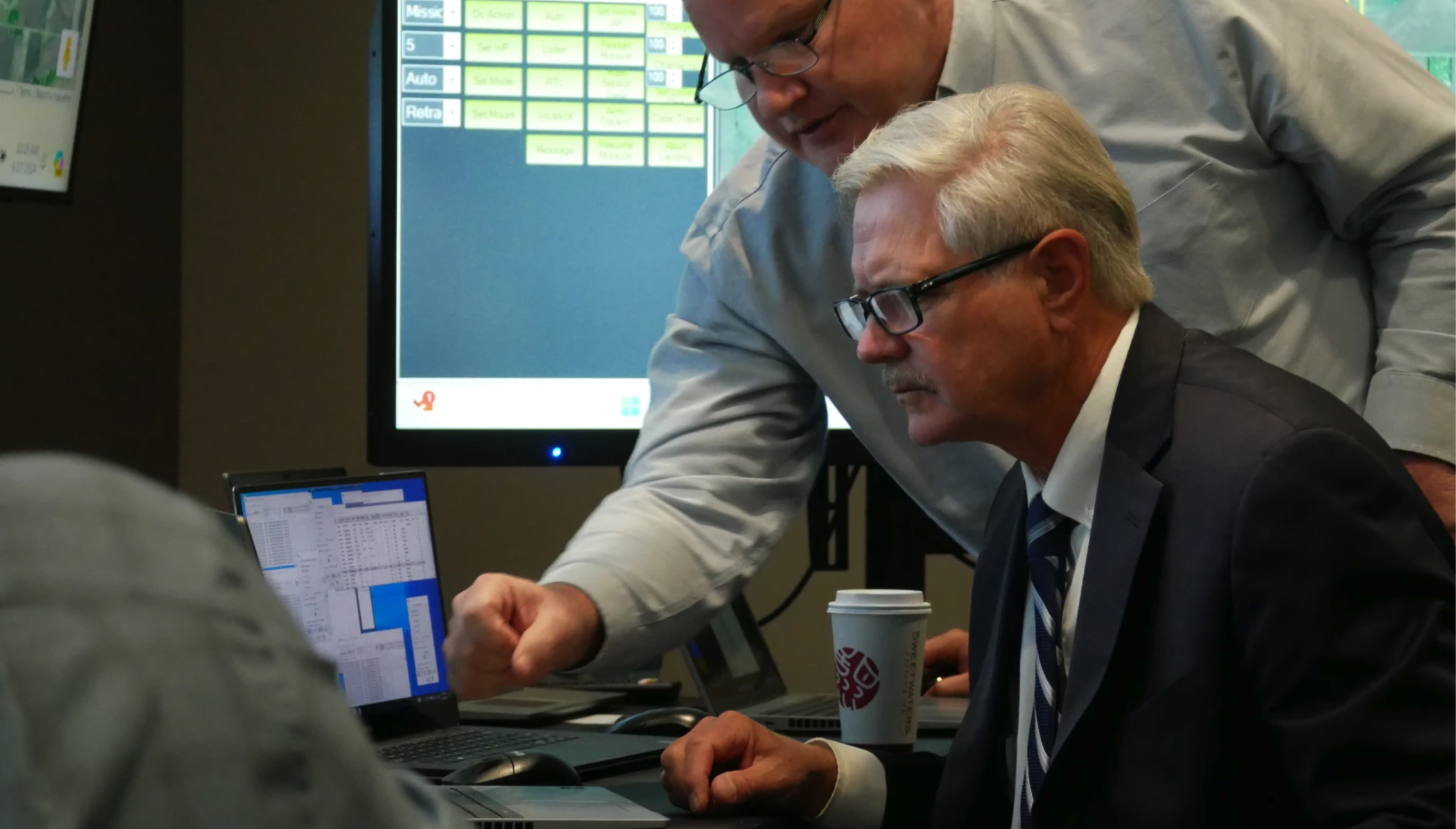
Reposted From Grand Forks Herald
EMERADO, N.D. – On Thursday, in a conference room at GrandSky aviation park, a United States senator, an Air Force colonel, county officials and maybe a dozen drone industry executives sat in front of a bank of TV monitors to watch a high-tech game of make-believe.
On the monitors, air traffic control software from a company called Simulyze navigated several simulated drones from takeoff on and around Grand Forks Air Force Base.
One was headed to deliver an imaginary payload to Cavalier Space Force Station, 70-odd miles northwest of Grand Forks AFB. Another flew in a serpentine pattern over a farm plot to simulate a farmer surveying his crops.
(Real) NASA technicians fed the traffic management software data about made-up military aircraft flying through the drones’ flight paths. At one point, a drone flew over a wildfire in Park River, North Dakota — no such wildfire existed — triggering a warning as the drone crossed into the fire department’s airspace.
The simulation is a first step in a Department of Defense-funded effort to fly unmanned aircraft in civil airspace, known as Project ULTRA.
The hope is that a real drone carrying real cargo will be flying missions between Grand Forks AFB and Cavalier Station by next year.
“We have all the radar, all the systems, all the approvals to do it,” said Sen. John Hoeven, R-N.D. “I don’t think there’s anywhere else in the country that can.”
Little infrastructure exists right now in the United States to operate drones alongside crewed aircraft.
Federal Aviation Administration regulations bar drone operators from flying beyond visual line-of-sight (BVLOS) without a special permit.
Companies that do get approval for BVLOS flights generally are restricted to isolated test environments, away from other aircraft.
Some developers like Simulyze have developed software to fly drones in the same airspace as crewed aircraft, but “it is not that ubiquitous,” said Trevor Woods, executive director of the Northern Plains UAS Test Site. “It is very much still in development.”
Project ULTRA aims to use the airspace around Grand Forks as a laboratory for unmanned air traffic management, flying unmanned and manned aircraft side-by-side.
Last month, the Defense Department issued a task order directing Project ULTRA to begin simulating unmanned cargo flights between military installations, using $2.5 million in defense spending.
Another task order is expected to be issued in the fall to make that flight for real between Grand Forks and Cavalier.
Hoeven, Project ULTRA’s leading proponent in the Senate, said Grand Forks is an ideal testing ground because of infrastructure like North Dakota’s Vantis BVLOS system and because air traffic controllers already juggle student, military and commercial aircraft in the same airspace.
“Grand Forks’ airport is in the top 25 busiest airports in the nation because of all the students flying,” Hoeven said. “We have beyond visual line-of-sight-flying large drones here. This is a microcosm of the national airspace.”
Alongside the cargo operation, Project ULTRA is also set to address issues like the military’s lack of effective counter-UAS systems, which Air Force Gen. Kenneth Wilsbach brought up repeatedly during his visit to Grand Forks last week.
Hoeven said he expects Project ULTRA to juice the region’s already-expanding UAS economy. Tom Swoyer, GrandSky’s president, said the aviation park is engaged with between 20 to 30 unmanned aircraft manufacturers to supply the cargo drone that will ultimately be used in the real-life Grand Forks-to-Cavalier flight.
“This system is going to work and it’s going to be built out nationwide,” Hoeven said. “Aerospace companies, entrepreneurial companies, tech companies, UAS – they’re going to want to come here and be part of it because it’s getting in on the ground floor.”

